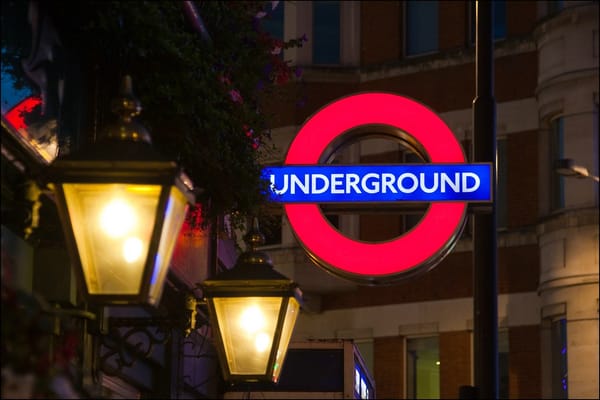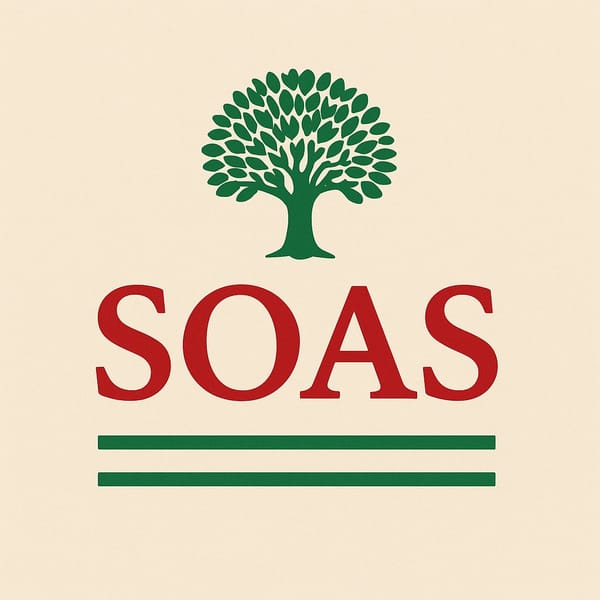Kabul : Hazara community suffers attacks on schools
By: Marie Vandermeulen, B.A. International Relations and Law
“These attacks confirmed fears that the American troop withdrawal would leave Afghan women particularly vulnerable to the Taliban’s onslaught “
In recent years, the Dasht – e Barchi neighbourhood of Kabul has witnessed some of the region’s most destructive attacks. In May of 2021, an attack on an all-girls school led to the deaths of ninety people, most of the students. These attacks confirmed fears that the American troop withdrawal would leave Afghan women, and the political and social gains they made, particularly vulnerable to the Taliban’s onslaught.
. The neighbourhood had already been deemed vulnerable to ISKP (Islamic State-Khorasan Province) armed attacks before the Taliban takeover, but its residents now fear the worst under the current regime. The settlement in western Kabul is mostly home to ethnic Hazaras, a marginalised population within Afghanistan. A long history of persecution, including a genocidal campaign during a religious war from 1891-93, laid the foundations of the remaining Hazara communities within Afghanistan. The majority of Hazaras follow the Shi’a school of Islam and thus constitute a religious minority in a country where the majority practise Sunni Islam.
A report by the Minority Rights Group shone a light on the systematic discrimination, targeted violence and enforced displacement, which has led the Hazara to lose much of their population. Islamic State loyalists (previously claimed by the Taliban and now the ISKP) have primarily targeted the Dasht-e-Barchi neighbourhood’s education centres, mosques, hospitals and businesses. Taliban authorities who took over Kabul in August, have stated that they would increase protection for Shia mosques and other facilities. However, the Taliban have a long history of committing serious abuses against Hazaras. According to Human Rights Watch, Taliban officials have singled out Hazara journalists for arbitrary detention, and elsewhere the community has had to endure forced evictions.
For the Hazara community in Kabul, and most importantly for young girls pursuing their education, an emboldened hard-line Islamist government threatens to eradicate years of social gains and hard-fought freedoms. As noted by the Office of the United Nations High Commissioner for Human Rights (OHCHR), both the previous presidential republic and the current Taliban regime have deliberately sidelined the Hazara regime in relation to matters of governance and policy-making.

Credit: Kiana Hayeri / New York Times
These attacks showcase how Afghan nationalism, in both its presidential and Islamic forms, fails to equally protect both secular citizens and followers of Islam. The contradictions of Afghan nationalism are most evident in its targeting of vulnerable groups, particularly the Hazara community and its women, students and young girls. It is evident from these attacks that Sunni militants target Hazara community centers and educational establishments as a means of imposing a regime of domination. This domination serves to crudely portray the Sunni militants as powerful and militaristic by nature, whilst rendering the Hazara students as victims of a traumatic attack.
Hazara women, and Afghan women more generally, are not by any means passive, although the official regime attempts to characterise the community as so. Since the Taliban took power in August, Afghan women have been at the forefront of resistance against government oppression. They have held peaceful protests fighting for their basic rights, chanting “Bread, Work, Freedom”. In these protests, women have demanded the right to safe education and the reopening of girls’ secondary schools. They have demanded the right to social and political participation in society, often at great personal risk. The bravery of Hazara women, particularly at a time of immense grief, continues to be a source of inspiration for many like-minded people around the world.



